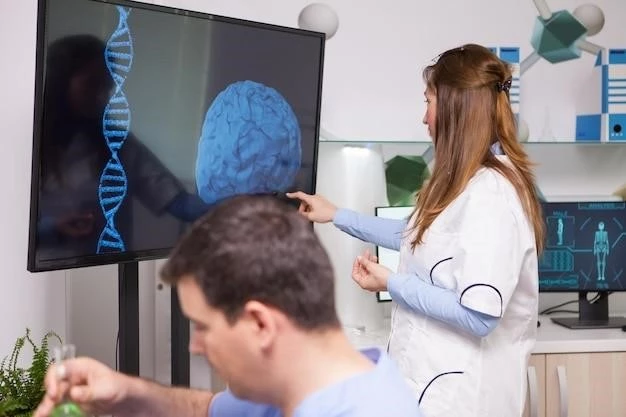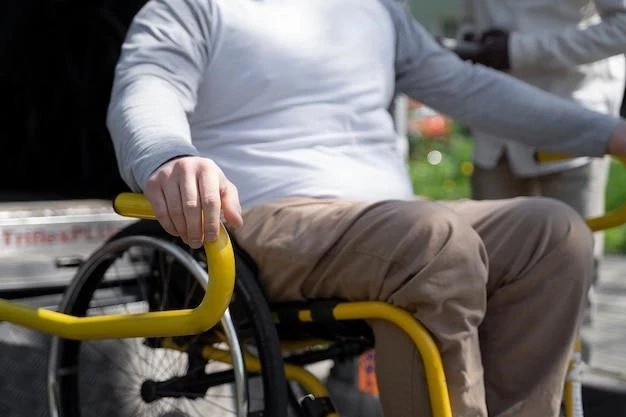Primary Lateral Sclerosis (PLS) is a neuromuscular disease characterized as a rare, non-hereditary, idiopathic, slow, and progressive degeneration of the upper motor neurons. PLS lies on a continuum of sporadic motor neurone diseases.
Definition and Characteristics
Primary Lateral Sclerosis (PLS) is a rare neurodegenerative disorder of the adult motor system, characterized by a slowly progressive upper motor neuron syndrome. It affects voluntary muscle movement and presents with symptoms such as muscle weakness, stiffness, spasticity, and speech problems. Diagnosis is challenging, as PLS primarily involves upper motor neurons without significant lower motor neuron signs.
Clinical Presentation of PLS
Primary Lateral Sclerosis (PLS) presents with symptoms such as muscle weakness, stiffness, spasticity, and speech problems, primarily affecting voluntary muscle movement.
Symptoms and Progression
The symptoms of Primary Lateral Sclerosis (PLS) typically include muscle weakness, stiffness, spasticity, and speech difficulties. The progression of PLS is slow but leads to a gradual loss of voluntary muscle control over time, impacting daily activities.

Diagnosis and Differential Diagnosis
Diagnosing Primary Lateral Sclerosis (PLS) involves clinical assessment to exclude other conditions with similar presentations, considering the unique characteristics of upper motor neuron dysfunction.
Diagnostic Challenges
Diagnosing Primary Lateral Sclerosis (PLS) poses challenges due to its slow progression, overlapping symptoms with other conditions, and the need for clinical differentiation from similar disorders like Amyotrophic Lateral Sclerosis (ALS).
Pathophysiology of PLS
Primary Lateral Sclerosis (PLS) involves the degeneration of upper motor neurons, leading to progressive muscle weakness, stiffness, and spasticity in voluntary muscles.
Neurological Mechanisms Involved
The pathophysiology of Primary Lateral Sclerosis (PLS) primarily revolves around the progressive degeneration of upper motor neurons in the brain and spinal cord. This degeneration leads to the characteristic symptoms of muscle weakness, stiffness, and spasticity commonly observed in PLS patients.
Treatment Approaches for PLS
Treatments for Primary Lateral Sclerosis (PLS) focus on managing symptoms such as muscle weakness, stiffness, and spasticity, aiming to enhance quality of life and mobility.
Management Strategies
Management of Primary Lateral Sclerosis (PLS) involves a multidisciplinary approach focusing on symptom relief and improving quality of life. Strategies may include physical therapy, speech therapy, assistive devices, and medications to address spasticity and other symptoms.
Prognosis and Quality of Life in PLS
Prognosis for Primary Lateral Sclerosis (PLS) varies, with a slow and progressive course impacting mobility. Maintaining quality of life involves multidisciplinary care and support.
Impact on Patients and Caregivers
Primary Lateral Sclerosis (PLS) profoundly impacts patients and caregivers due to the progressive nature of the disease, leading to challenges in mobility, communication, and daily activities. The emotional and physical toll on both patients and caregivers requires comprehensive support and care strategies.

Research and Advancements in PLS
Research on Primary Lateral Sclerosis (PLS) focuses on understanding disease mechanisms, identifying potential therapeutic targets, and exploring innovative treatments to address the unique challenges presented by this rare neurodegenerative disorder.
Current Studies and Future Directions
Current studies on Primary Lateral Sclerosis (PLS) focus on exploring disease mechanisms, potential therapeutic targets, and innovative treatment modalities. Future directions aim to enhance symptom management, improve patient outcomes, and develop novel interventions to address the complex nature of PLS.
Comparison Between PLS and ALS
Primary Lateral Sclerosis (PLS) differs from Amyotrophic Lateral Sclerosis (ALS) in terms of characteristics and clinical presentations, despite sharing some similarities.
Differentiating Features and Similarities
Primary Lateral Sclerosis (PLS) and Amyotrophic Lateral Sclerosis (ALS) share similarities in affecting motor neurons but differ in clinical presentation, progression rate, and involvement of upper and lower motor neurons. While both diseases impact voluntary muscle movement, PLS predominantly involves upper motor neurons, leading to distinct characteristics from ALS.
Support Resources for Individuals with PLS
Individuals diagnosed with Primary Lateral Sclerosis (PLS) can benefit from various support resources, including assistance programs, clinical trials, and specialized care services to help manage the disease and improve quality of life.
Assistance Programs and Clinical Trials
Individuals with Primary Lateral Sclerosis (PLS) can access assistance programs and participate in clinical trials to explore new treatment options and contribute to advancing research in the field. These resources aim to provide additional support and potential access to emerging therapies.
